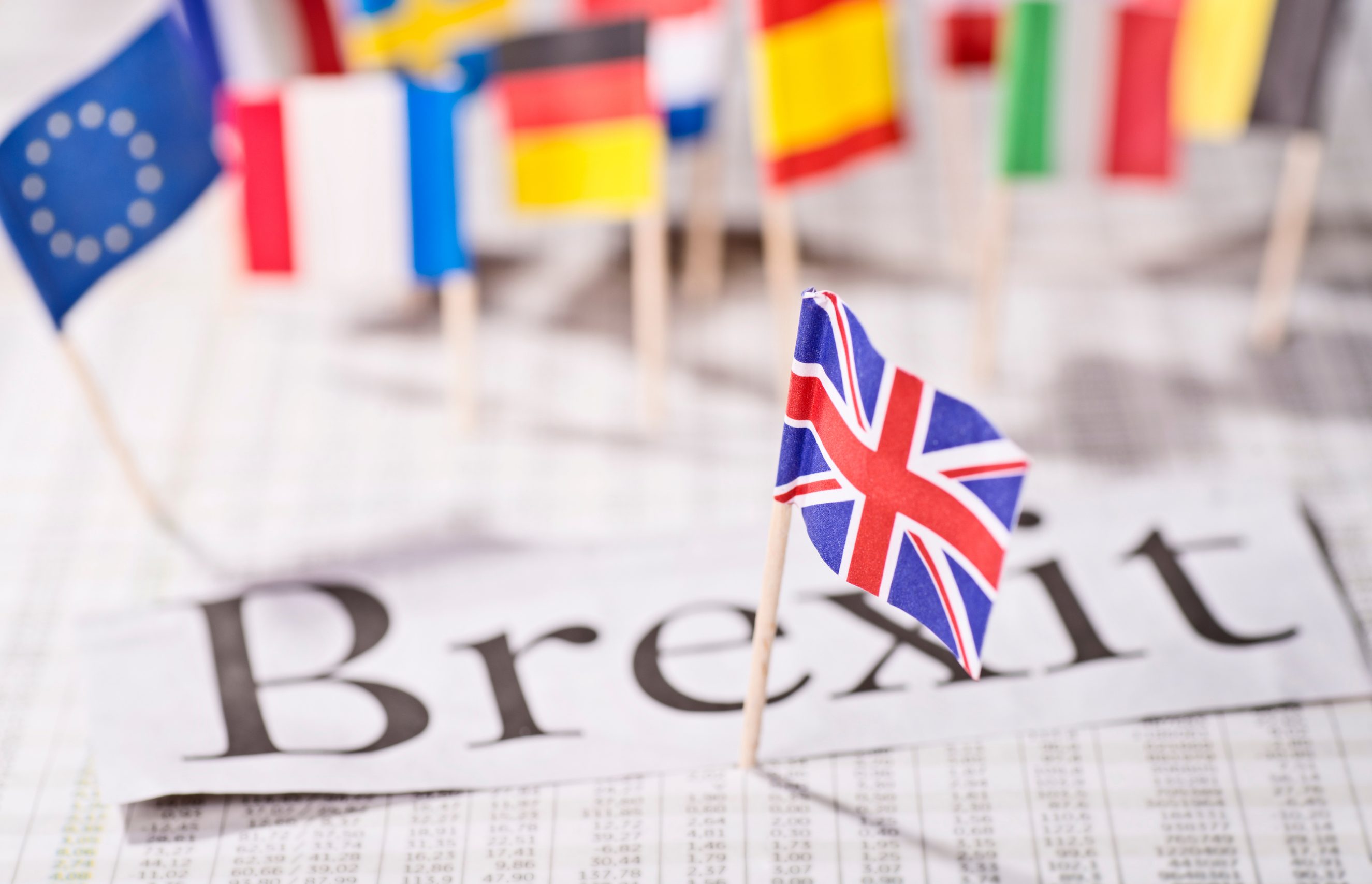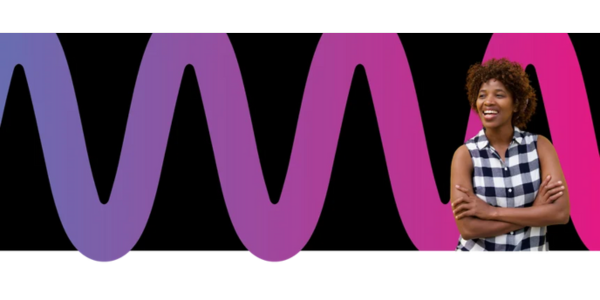5 Languages Your Competitors are Using to Keep Trading After Brexit

Our exit from the European Union undoubtedly means a more complex trading relationship with the bloc, which as of 2018 made up 49% of our global trade. However, it opens the UK to the rest of the world, with new trade deals already being agreed with a number of major non-EU nations. By 2022, the government has committed to reaching agreements to cover 80% of our global trade.
What this means, among other things, is that the language of trade will shift to include more non-European languages. We’ve pulled together a list of 5 of the most important new trade languages and nations to be aware of post-Brexit.
- Japanese
Spoken by around 128 million people globally, Japanese is the accepted national language of Japan, with whom our government secured a major trade agreement in October 2020. The language is very different from what we know in Europe, with a written form based in Chinese, imported as part of the spread of Buddhism. In 2019, our trade with Japan was worth £31.6 billion, and new agreements may even foster increases. The deal means that almost all British exports to Japan will be tariff-free, and the UK will remove import tariffs on Japanese cars by 2026.
- South Korean (Korean)
Both North and South Korea speak mutually intelligible dialects of the Korean language, which is spoken by 77 million people, from North and South Korea to Russia. Much like Japanese, Korean finds its written roots in Chinese courtesy of the spread of Buddhism. Again like Japanese, Korean sentence structures and grammar are very different from those of Latin and Germanic languages spoken on this continent. Our trade agreement with South Korea was signed in 2018, and our 2019 trade with the nation was worth £11.7 billion. The UK imports cars and ship parts from South Korea, while we export crude oil, cars, and whisky.
- Spanish
Spanish is a global language on a similar scale to English, and is the fourth most-spoken language after English, Mandarin Chinese, and Hindi. It evolved out of the Latin spoken by ancient Romans and is standard in many South American nations, including Mexico. On the 15th December 2020, the UK government agreed a trade deal with Mexico, introducing us to a market of 130 million predominantly Spanish-speaking consumers. Primarily, the UK and Mexico trade in cars, pharmaceuticals, textiles, agricultural products, and food and drink.
- Norwegian (and Icelandic)
In April 2019, the UK signed trade agreements with Norway and Iceland, both of whom speak North Germanic languages descended from Old Norse. The most prolific of the two languages, Norwegian, is spoken by 5.32 million people and carries words that will be familiar to modern English speakers, thanks to the influence of Old Norse on English. In 2019, our trade with the two nations was worth £26.8 billion. There is considerable demand in Norway for British energy solutions, infrastructure support (especially digitally-driven services), security solutions, international food and drink, and technological solutions.
- Switzerland (German, French, Italian & Romansh)
Switzerland is a multi-lingual nation, with four recognised national languages of German, French Italian and Romansh. German and French are the most prevalent, with the majority of German, French and Italian speakers being located closest to the borders with their parent nations. Romansh is spoken by just 0.5% of the Swiss population and is a native Swiss language. Our trade agreement with Switzerland was signed in February 2019 and trade for that year was worth £38.58 billion. The Swiss will benefit from cars, aluminium, and precious stones and metals from the UK, while British consumers will continue to enjoy Swiss clocks, watches, and pharmaceuticals.
A growing list
Beyond these 5, the UK has also agreed new or refreshed trade deals with a diverse list of nations and trading bodies including CARIFORUM (representing 14 Caribbean states), Canada, Andean Nations (including Colombia, Ecuador, and Peru), and Singapore. These deals alone had a collective worth of £38.49 billion in 2019.
Adapting to these changing trade arenas doesn’t have to be challenging, with the services of a professional interpreting and translating agency you can alter and expand your global business operations with ease.


Elliot Glynn
Jan 5, 2022Recent articles



Related Services
.png?width=600&height=300&name=Untitled%20design%20(2).png)
Interpreting
Interpreting is where conversations are relayed from one language to another. How those conversations are conducted is where we add value. From in person meetings to remote video interpreting including British Sign Language, let us help you find the right solution.

Translation
Unlock efficiencies through digital transformation. Word360 has been delivering interpreting and translation services to the NHS for over 30 years. In doing so, we have developed unique solutions that improve the patient experience, reduce waste and enable staff to focus on more important tasks.
.png?width=600&height=300&name=Untitled%20design%20(51).png)
Our Technology
Revolutionise the way your organisation accesses language services with Wordskii! Our Wordskii range of interpreting and translation software solutions deliver impact where you need it most, driving down costs and freeing up time.